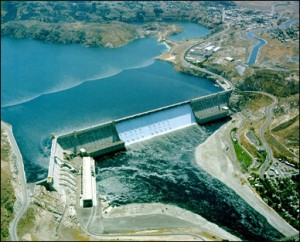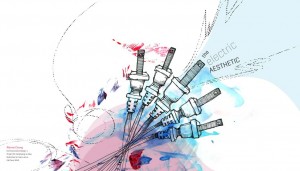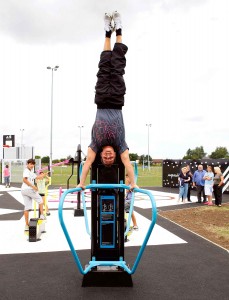Energy always makes a huge difference when it comes to using the proper design. Designers aim to create the most environmentally sensitive buildings which are feasible and sustainable. Engineers who use energy technology for a building design apply basic building engineering principles and technical skills which supports the developing of energy-related systems. Energy technology is widely used throughout the world to bring about development which is not only economically beneficial but also which is supportive of the environment.
The energy that is consumed by the energy-related products can cause a lot of impacts on the environment such as the consequences of energy and other materials/resources consumption, waste generation and release of hazardous substances. It is estimated that over 80% of all product-related environmental impacts are determined during the design phase of a product. These impacts are majorly caused by the production, the distribution, use, and end-of-life management of energy related products
There are many firms and industries across the world which are combating ways to create a green environment. One such example is of Leadership in Energy and Environmental Design. It targets ways in which we think about how our buildings and communities are designed, constructed, maintained and operated across the globe. It creates green building tools which addresses the entire building lifecycle which helps to recognise the best building strategies.
http://www.southcentral.edu/building-design-and-energy-technology/building-design-and-energy-technology.html
http://ec.europa.eu/energy/efficiency/ecodesign/eco_design_en.htm
http://www.usgbc.org/leed

















